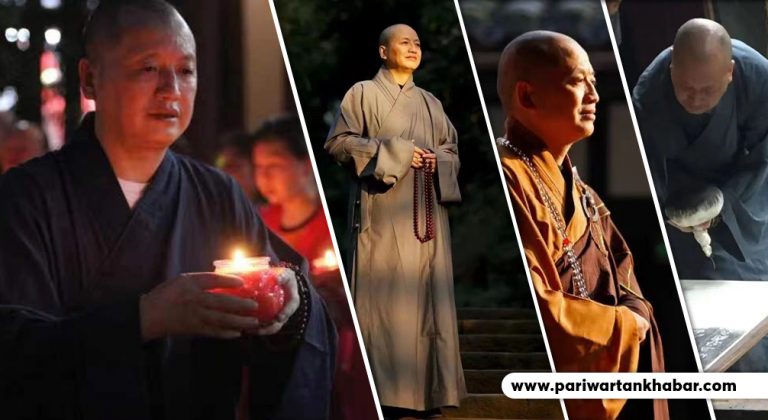
In April this year, Kathmandu, Nepal, successfully held the “Chinese Huayan Temple Collection of Han Dynasty Stone Rubbings Exhibition.” China has a profound traditional culture, and the first stop of the Rubbing world tour was Nepal.
What kind of fate brought China’s ancient civilization and art to Nepal? Today, we had the opportunity to interview Dao Jian, the abbot of Huayan Temple in Chongqing, China.
Q: Master Dao Jian, what is China’s rubbing?
A: Rubbing culture is a subsidiary product of traditional Chinese inscription culture. Through rubbing, the shapes and materials of cultural relics, such as stone carvings, wood carvings, and bronzes, as well as the characters and patterns on them, are copied by rubbing on rice paper, showing the beauty of antiquity.
In modern terms, they printed the original object directly, with the same size and shape as the original object. It is one of the ancient scientific recording methods.
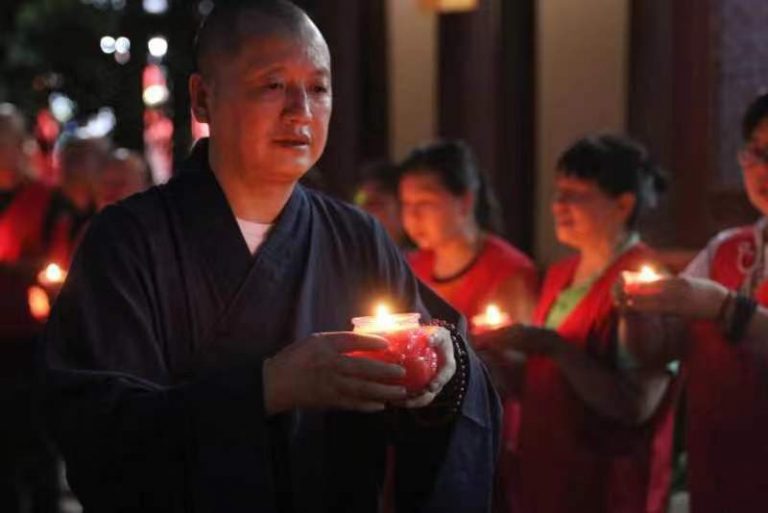
In addition to relief decorations, oracle bone inscriptions, bronze inscriptions, steles, epitaphs, old coins, painted bricks, and painted stones are widely recorded using this method.
Rubbings (or rubbings or plates) mainly use dyes to copy the characters and symbols on hard surfaces onto easily portable paper. Ancient dyes mostly use ink and cinnabar.
Q: Why did you come up with a global rubbing tour?
A: I have been collecting rubbings for more than 20 years. Rubbing is a technique that applies these rubbing techniques to culture. After all, historical artifacts such as steles are precious national assets that cannot be moved.
At the same time, the characteristics of rubbing techniques turn them into movable, infectious, and spreadable cultural relics. The artistic form of rubbings allows ancient stone carvings to be displayed and appreciated uniquely.
Craft artisans use traditional Chinese relief carving techniques to carve perfect Buddhist art paintings on smooth stone surfaces with sharp knives and brushes.
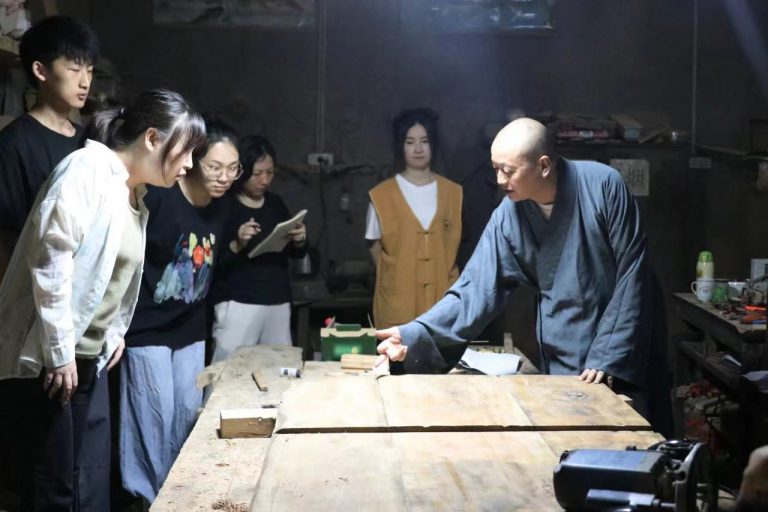
There are many contents of steles, plaques, couplets, calligraphy, stone carvings, and statues, which are also a very complex system.
We inherit and preserve these various art categories through rubbing techniques, making it easier for traditional culture to spread widely. Both collecting and exhibiting rubbings have practical significance.
Q: Please talk about your connection with Nepal.
A: Nepal is a famous Buddhist holy land. The Tang Dynasty monk Xuanzang in China once visited Lumbini, the birthplace of Buddha Shakyamuni, so our rubbing exhibition started in Nepal. I have also visited Nepal before and特别喜欢 it very much.
In July 2014, I participated in the Chongqing Puti Temple’s Holy Fire Ceremony in the Lamphini Holy Land. The ceremony comprised monastic groups from many temples in Lamphini, Nepal.
The Chinese Temple in Nepal represented the Han Buddhist ascetic group and jointly chanted sutras and prayed for world peace with local temples in Nepal, Thai temples, Japanese temples, and other monastics.
In 2015, when an earthquake struck Nepal, our Huayan Cultural and Educational Foundation sent an emergency rescue team to the disaster area for rescue.
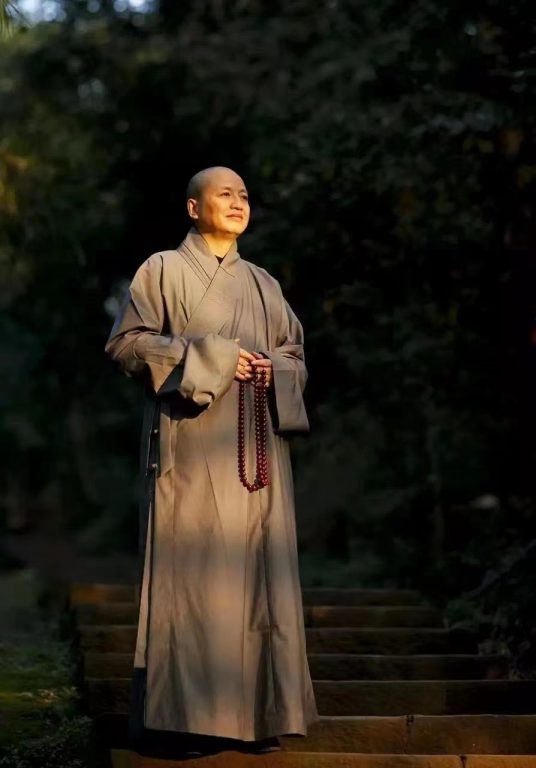
In 2016, our Chongqing Jinfo Temple welcomed and installed the ancient Buddha Dipamkara from Lamphini. The trip of the welcoming delegation to Lamphini that year also established an essential platform for Buddhist cultural exchanges between the two countries.
Lamphini and Chongqing closely link Chinese Buddhism and Nepalese Buddhism as a bond. China and Nepal are friendly neighbors with a history of social exchanges between their peoples for thousands of years.
I hope to bring China’s excellent traditional culture to Nepalese friends, enhance mutual understanding between their peoples, and make efforts to promote friendly relations between the two countries.
Q: Thank you for your efforts in Sino-Nepalese exchanges. What are your plans for the future?
A: After we held the “Chinese Huayan Temple Collection of Han Dynasty Stone Rubbings Exhibition” in Nepal, we also had the “Chinese Huayan Temple Buddhist Statue Rubbings Exhibition” in Kuala Lumpur, Malaysia. Our third stop was Egypt.
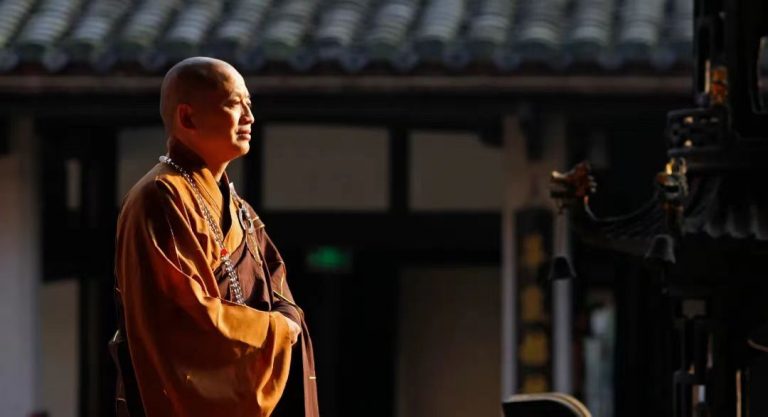
Next, we will go to Singapore, Japan, and other countries. I also hope to have another opportunity to come to Nepal to exchange and cooperate more with Nepal in Buddhist culture, traditional Chinese culture, and public welfare undertakings.
I hope that Nepal will become better and better, Sino-Nepalese friendship will last forever, and people’s lives will










